Do you remember the Spanish beach resorts? Maybe it’s time that you revisited them
The beach resorts of Lloret de Mar and Platja d’Aro
The Spanish beach resorts attract millions of tourists every year. Visitor numbers are influenced by the global economic situation, the success and popularity of other destinations and the reputation of the resorts within different groups. Back in the 80’s this coastline began to attract hoards of young holiday makers (sadly the Brits were tarred with a bad reputation although they were no way alone) – the 18-30 set who were hell-bent on getting drunk, sunburnt and sleeping with as many strangers as possible. Many of the resorts attracted large ex-pat communities who wanted a cheaper cost of living, or elderly visitors who were looking for winter sun so there was this curious disparity between what people were hoping to get from the area. When I last visited the holiday resorts of Spain the bars and restaurants screamed ‘Irish Pub’ or ‘British Fish & Chips’. Karaoke bars, full English breakfasts and bar crawls were the name of the day. Those things are still there but there has been a not-so-subtle change.
The resorts have reinvented themselves. They have dragged themselves kicking and screaming into the twenty-first century. Progress and modernity go side by side with culture, history and, in the case of Catalunya, a pride and a desire to reclaim their own specific culture and separate identity.
Streets have been pedestrianised, museums and experience centres have been revamped and there is a greater emphasis on a more wholesome experience. Regional cuisine across Spain is generally excellent and international dishes can be found just about everywhere. There is a big emphasis on fish and seafood and all over the country you will find many of the restaurants offering a ‘Menu del Dia’ during the weekday lunch times. This usually consists of 2 or 3 courses of food plus a drink at a very reasonable price and is extremely popular among the Spanish who treat lunch time with a special reverence and certainly do not rush the meal.
Lloret de Mar
One of the gems of Lloret de Mar is its old town district with narrow streets lined with shops and little bars and restaurants where chairs and tables spill out into the sunshine. A wide promenade backs the beach and the coastal footpath winds its way away from the town and across the cliffs in both directions. High on one of the cliffs is a monument to the fishermens’ wives, watching out to sea.
These days Lloret de Mar is establishing itself as an activity resort both on the water and off. Yes, there are still bars and clubs and a wild side but there is another side to Lloret, a side which appeals to hikers and kayakers, climbers and cyclists. Defined as an ‘urban beach’ tourist destination, the natural attractions are complimented by additional activities and attractions. The town appears affluent because of the money which was initially invested into it by the Indianos or Americanos. Boatloads of (mainly poor) teenage boys and young men left for Cuba and America in the early 1800s and made their fortunes, mainly in the boat building industries. They returned with their wealth to marry and to settle in Lloret de Mar, constructing grand villas and houses. This link to foreign lands is also reflected in the modernist cemetery and the rather grand Church of Sant Roma with its domes and mosaics. There are the beautiful cliff top gardens of Santa Clotilda, a comprehensive maritime museum and the Castle of St Joan which watches over the town from its position on the cliffs. There are 13 beaches and coves in the immediate vicinity of the town where you can toast yourself in the sun to your heart’s content whilst if you want to go sightseeing the town has good transport networks to the surrounding towns and Barcelona.
Platja d’Aro
Further up the coast from Lloret de Mar is Platja d’Aro which has a long sandy beach backed by a pleasant promenade and which is lined with hotels, apartments, restaurants and beach bars. When I was there the sand sculptors were out creating intricate designs from wet sand for an exhibition and the smell of paint was in the air as the bars and cafes prepared themselves for the summer season. But due to the climate and some very clever marketing, Plaja d’Aro has something for everyone all the year around. It’s also very close to the historic city of Girona with good bus links and it has countless shops and little malls which sell everything that you can think of.
Wide pavements and large open spaces as well as the huge stretch of beach, coupled with not too many overly high buildings give the resort an upmarket feel, and what was striking, along with the other places in the region that I visited was the cleanliness and attention to detail which is reflected in the smart paving stones and the eye-catching signs which hang outside the various businesses.
The Hotel Planamar
I was fortunate to stay at the Hotel Planamar which is set right on the beach at Platja d’Aro. It is just a couple of streets back from the main road and a short hop from all of the major shops and bars, but due to its position is nice and quiet at night.
I was pleasantly surprised when I saw my room which was very different to the standard hotel rooms that I remembered from the ‘nineties. The bed was in the centre of the room facing the balcony and behind a small wall was hanging space, a washbasin, a fridge and a large, walk-in shower with constantly changing coloured mood lights. The toilet had a frosted glass door which was a bit bizarre but it did give the impression of light and space. I had a TV, a balcony (with a sea view), good free WIFI and a welcome touch of a complimentary bottle of wine.
I stayed at the Hotel Planamar for 6 nights and breakfast was included during my stay. Breakfast was served buffet style in the comfortable restaurant which overlooked the beach and there was a great selection of hot and cold foods, cereals, fruit, toast and excellent coffee. Lunch and evening meals are available here too and must have been good because the restaurant was always busy. Below the hotel was a bar where I saw a lively flamenco show one evening and on another night they hosted a musical duo. The bar also serviced the beach restaurant where food was competitively priced. One night I dined by candlelight and ate a tasty lasagne and wine – feeling like Shirley Valentine as I gazed out to sea and I was periodically chatted to by the attentive waiters and bar staff.
The rooftop pool and terraces have also been given an upmarket, modern twist. Large double four-poster sun beds add a touch of glamour and there is a small gym inside a glass cube room with views out over the bay. You can arrange to have a massage or a manicure and the swimming pool is inviting.
On the ground floor of the hotel there is a comfortable reading area with a TV and a comprehensive library of books to borrow or swap, there is a computer available for guests and a couple of tables and chairs outside by the front door if you want to sit and watch the world go by.
The staff are very friendly, speak many languages between them, and they will make sure that you have no problems.During my stay the majority of the visitors were from France and there was also a contingent in for the Grand Prix in Barcelona.
Oversized puppets and human towers
Before I finish telling you about this region you may be interested in the gigantes and the castellers. Whilst not confined to Catalunya the gigantes are massive puppets styled as people. If you are of a certain age you may remember the British game show ‘It’s a Knockout and the hilarious costumes? Well they were styled on the gigantes. The figures can be several metres tall with giant papier mache heads and elaborate clothing. They are operated from within by a person who ‘wears’ them on his or her shoulders. They are a feature of many of the fiestas and while they look totally unreal standing still, when they are moving around they become almost believable in a comedic way. The ‘sport’ of castels is peculiar to Catalunya and is an extravagant team building exercise. Castellers are the people who form these intricate human towers. The necessary bonds between the participants who build the tower produces a strong social cohesion and with competitions and displays taking place throughout the summer between villages and towns, they build community too.
The base of the tower spreads itself out with people all having a very specific role to play, muscles are tensed and nobody can drop their guard for a moment. From this strong base a tower forms with people holding tight to each other and winding hands around the scarfs and belts worn by others. Once the tower is complete – and they have been known to be 13 levels high (that is higher than a house) the smallest agile children often as young as 4 years old clamber up to the very top where they hold their hands up to symbolise the unfurling of the Catalan flag.
The watching crowd will hold their collective breath as the youngsters slowly make their way back down to safety, followed by the others. It is not uncommon for the tower to topple or for people to be seriously injured but that doesn’t prevent children following their parents into the sport. The smaller children now wear specially designed helmets – hard on the inside yet padded outside so as not to hurt anybody that they may fall upon.
*******
So forget anything that you remember of these seaside resorts from the 70’s, 80’s and the 90’s. The entire region has re-branded and dragged itself well and truly into the 21st century.
*******
Travel Tips and Useful Bits
Both Lloret de Mar and Platja d’Aro lie to the north of Barcelona and are served by good bus routes to and from the cities of Barcelona, Girona and the two airports. They lie on the Coasta Brava – the wild coast which has similarities with the Cornish coastline with rugged cliffs, charming deserted coves and small villages.
You can get some excellent informative maps of the regiona by clicking on this link to the Girona Tourist Guide Map#3 – the Girona Province Map (or Treasure Map) shows the entire region and has information on the major points of interest as well as many suggested routes.
If you have access to a car you may like to follow the Garden Route, the Castle Route or the Volcano and Lake Route to name but a few. This information, plus much more is available at the Girona Tourist Guide but you should also check out the official site at the Girona Tourist Board
During the Temps de Flors (the Girona Flower Festival) maps are available with every official floral display marked on them. You can pick one of these up at the Tourist Office in Girona or from one of the many guides who are on the streets during the festival.
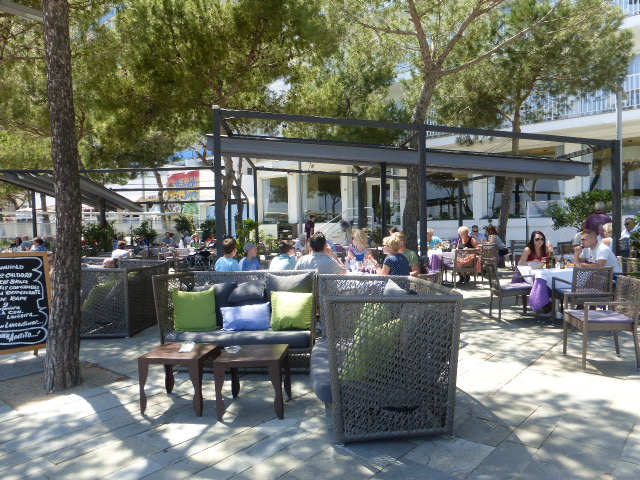
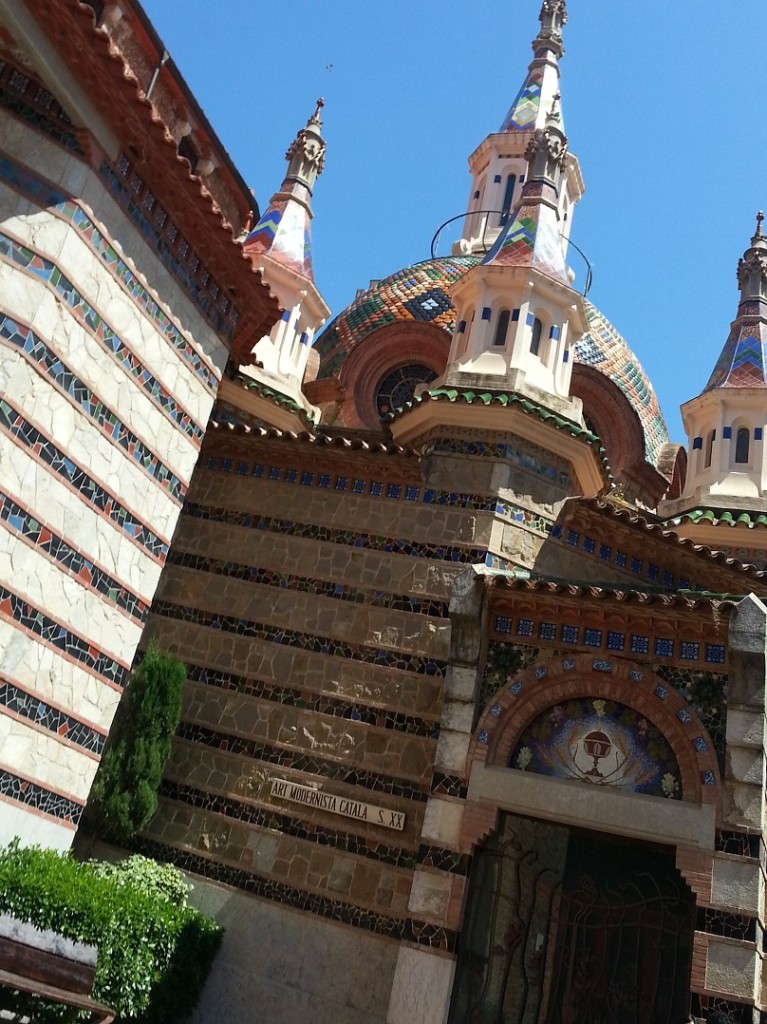
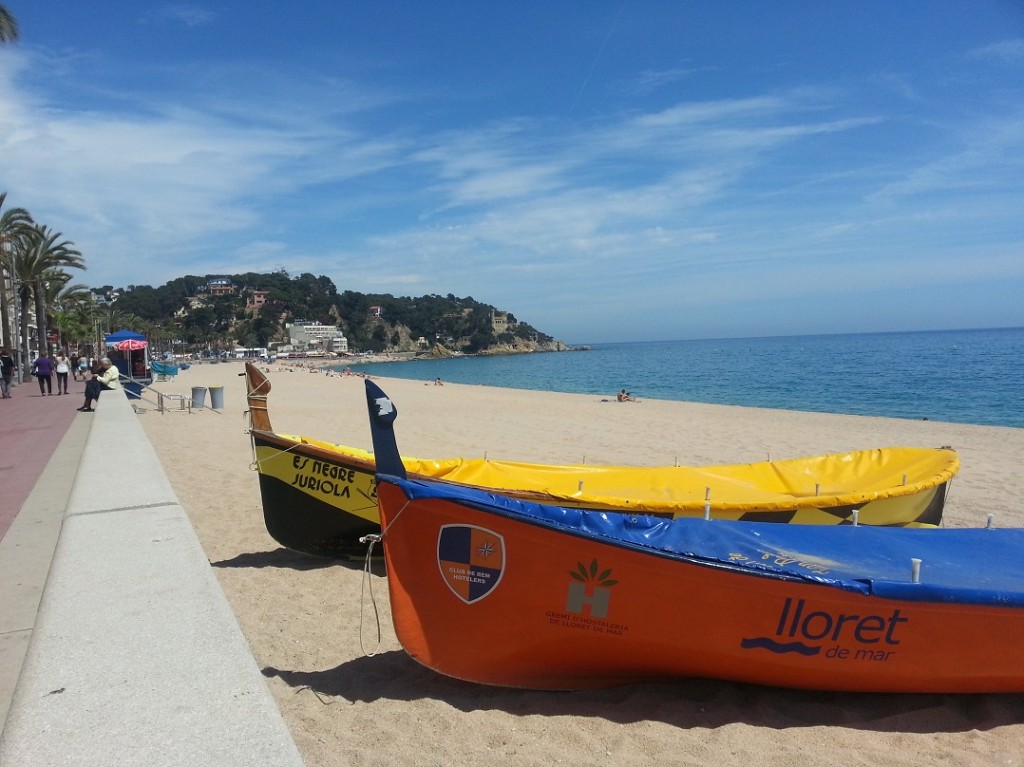

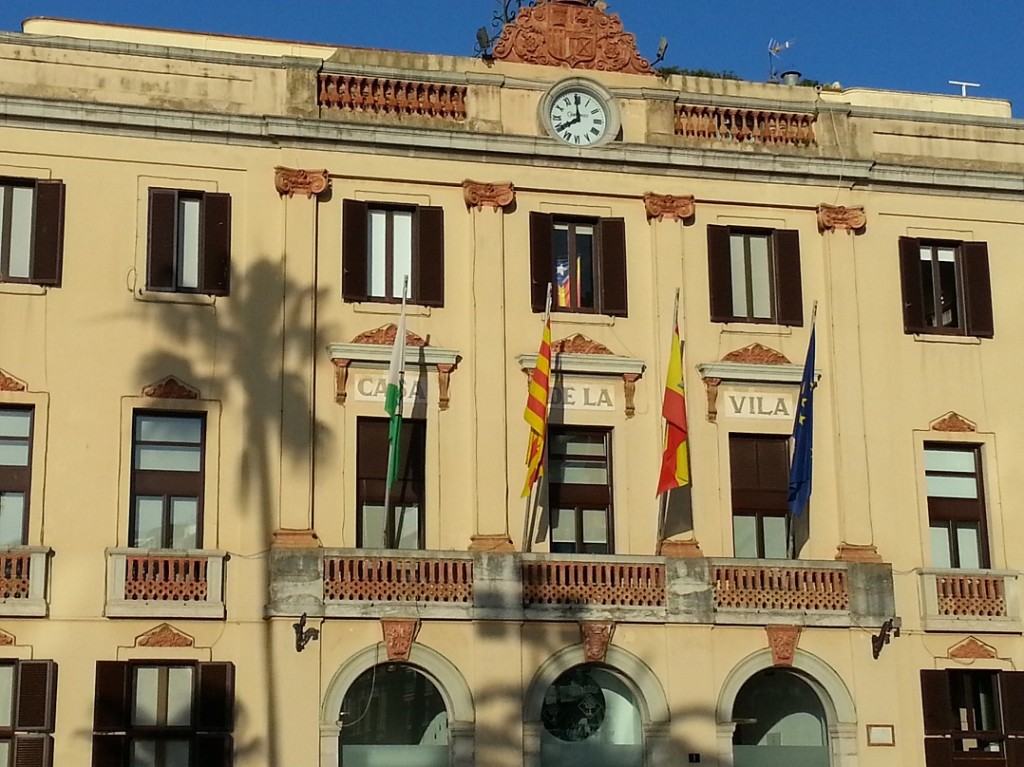
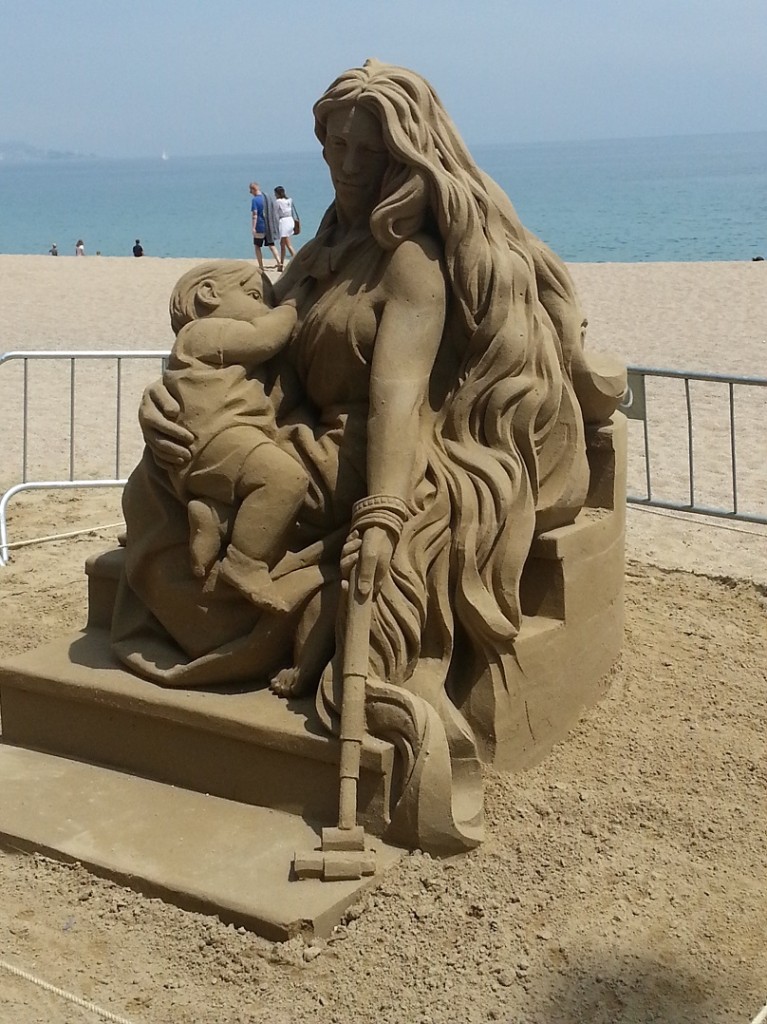


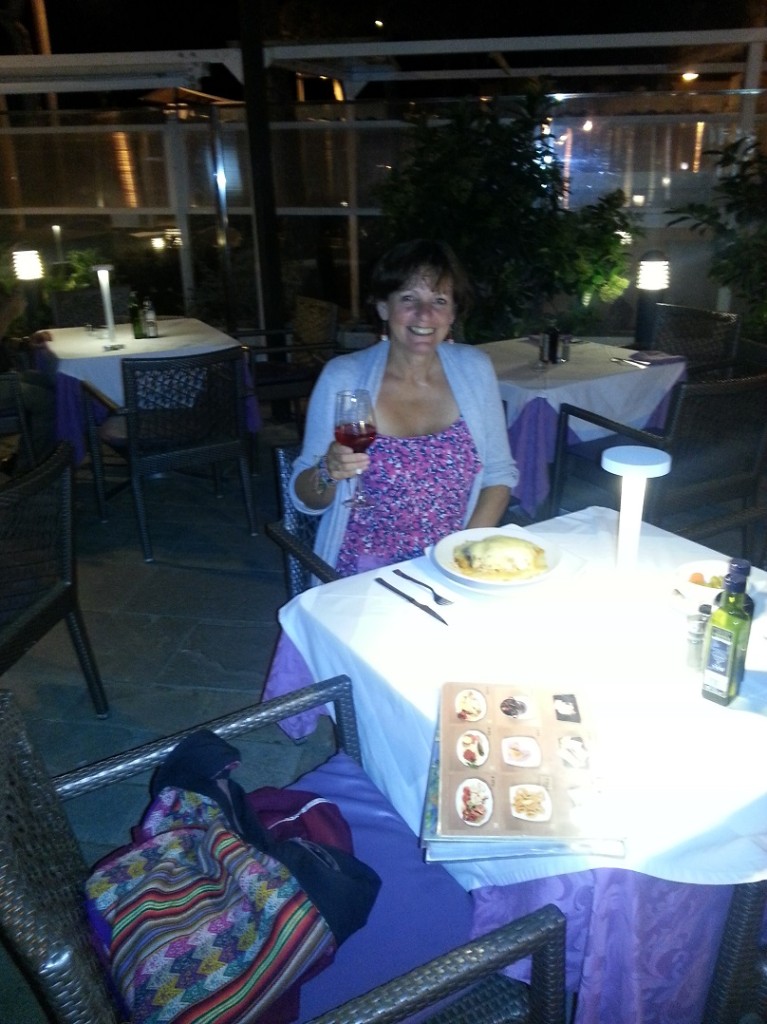
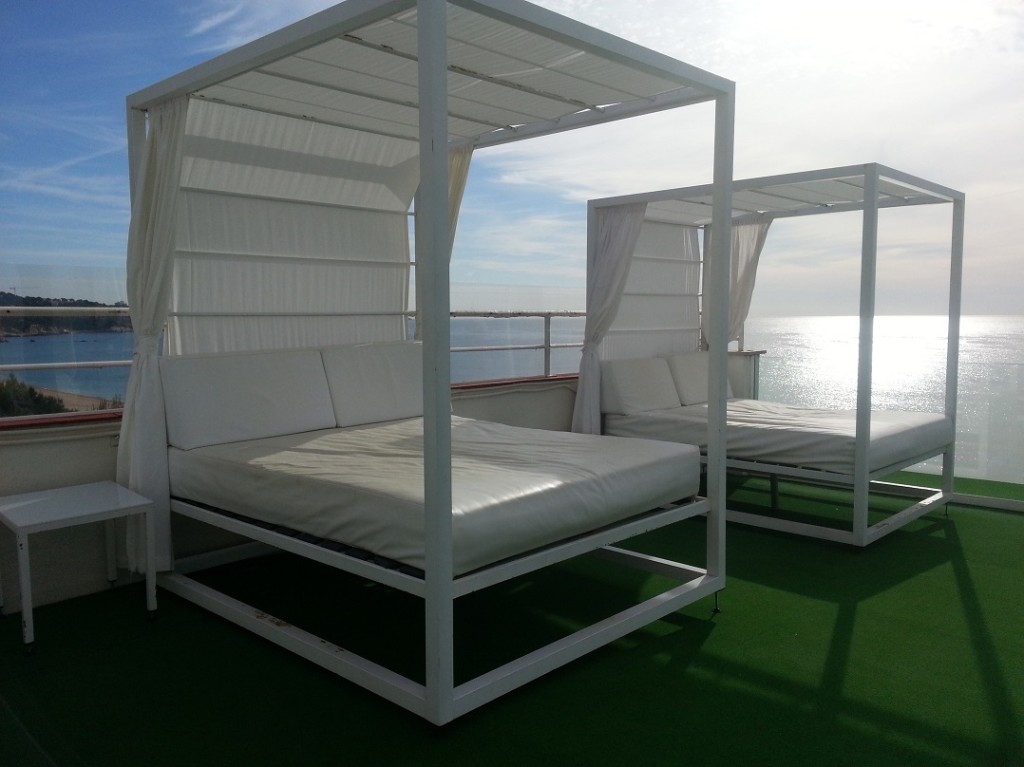

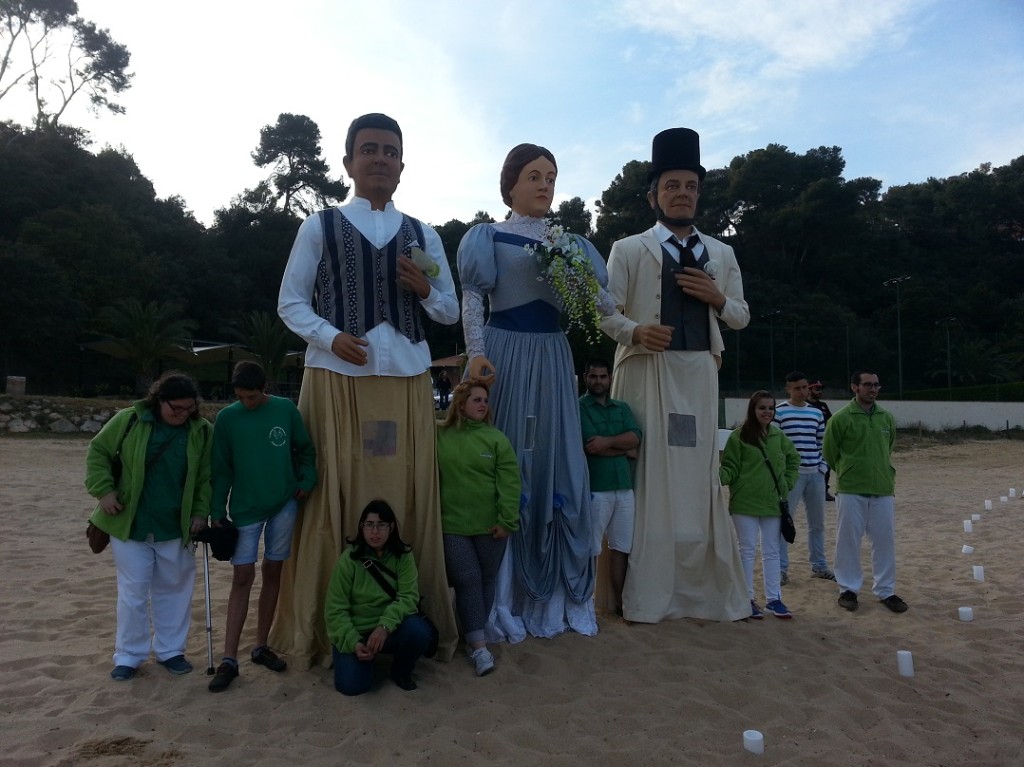
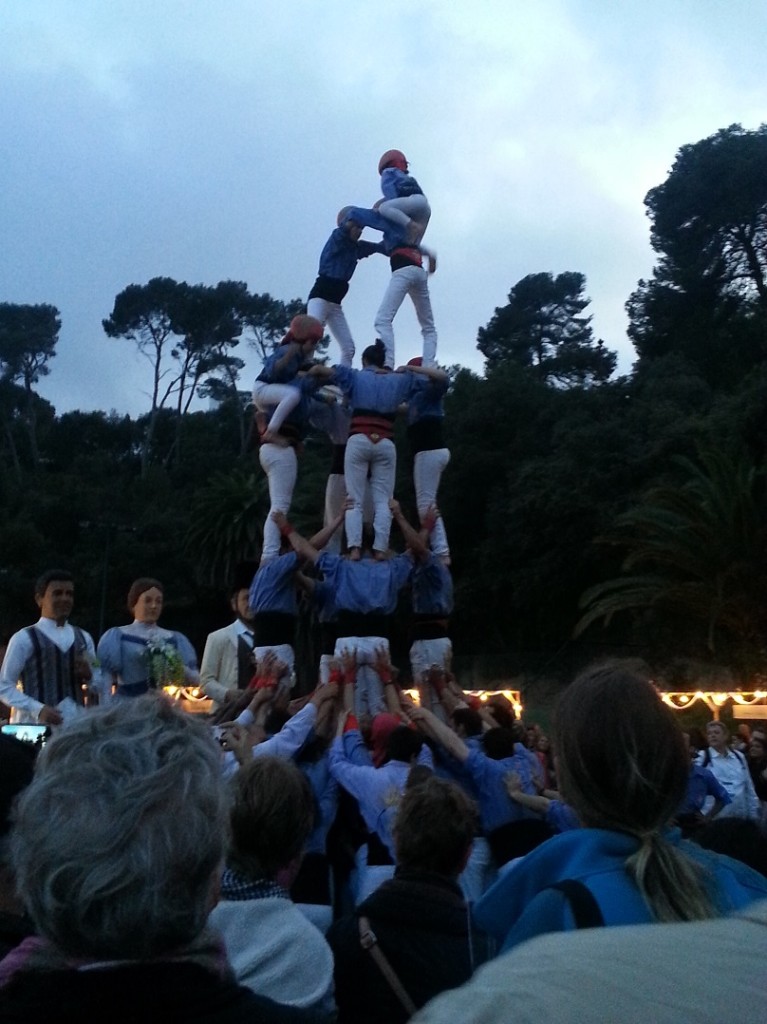
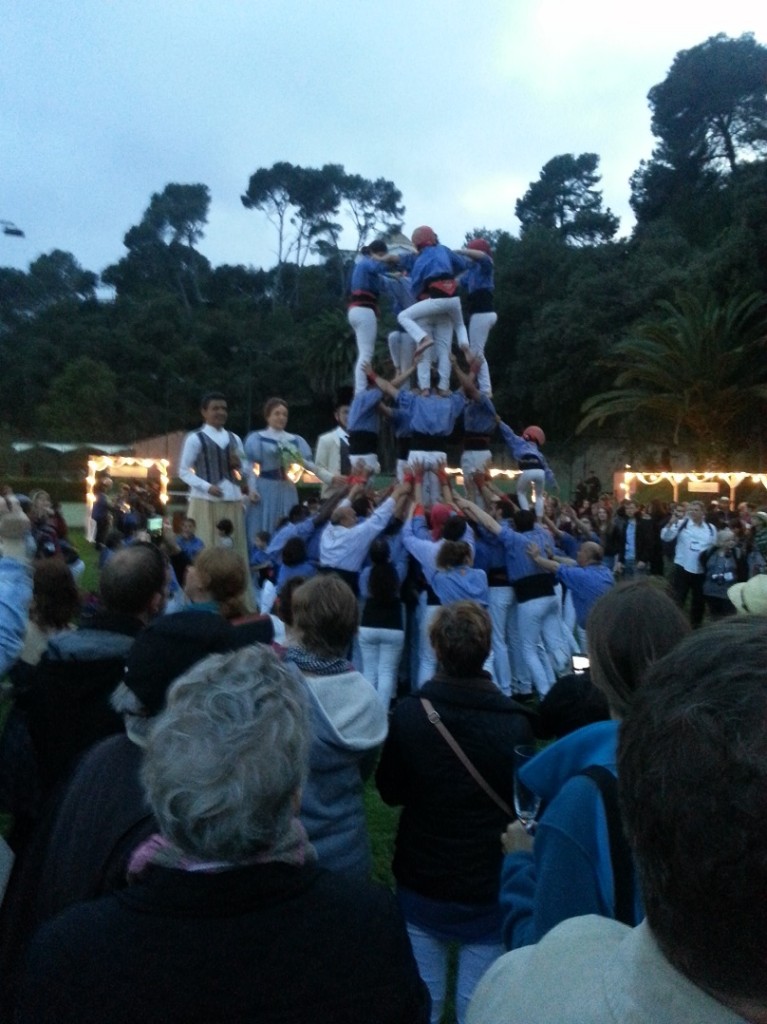

Pretty photos of Spain.
Congratulations!!
Thank you Pilar
HI, I’m just wondering which area you preferred out of the two? Platja d’Aro or Lloret de Mars? And why. Thanks 🙂
hmm – a good question and a difficult one to answer. They are both very nice resorts, with good beaches.
Lloret de Mar feels a bit more cosy – at least in the old town with its narrow streets. Both towns have many places to eat and drink to suit any budget and have good travel links. It was very easy to get to Girona from Platja d’Aro on the bus – but for me, as a solo traveller, Lloret had the slight edge.
i hope this helps Caroline
Thanks Jane, your blog was very helpful and your reply, I’ve gone with Lloret de Mar in September! Can’t wait, do you have any tips for food places or bars in the evening? I’m going with my mum so places with a cosy relaxed vibe would be great.
Muy bonitas las fotos, un sitio precioso Lloret de Mar 🙂
Gracias Pincha